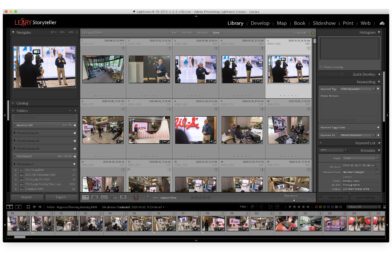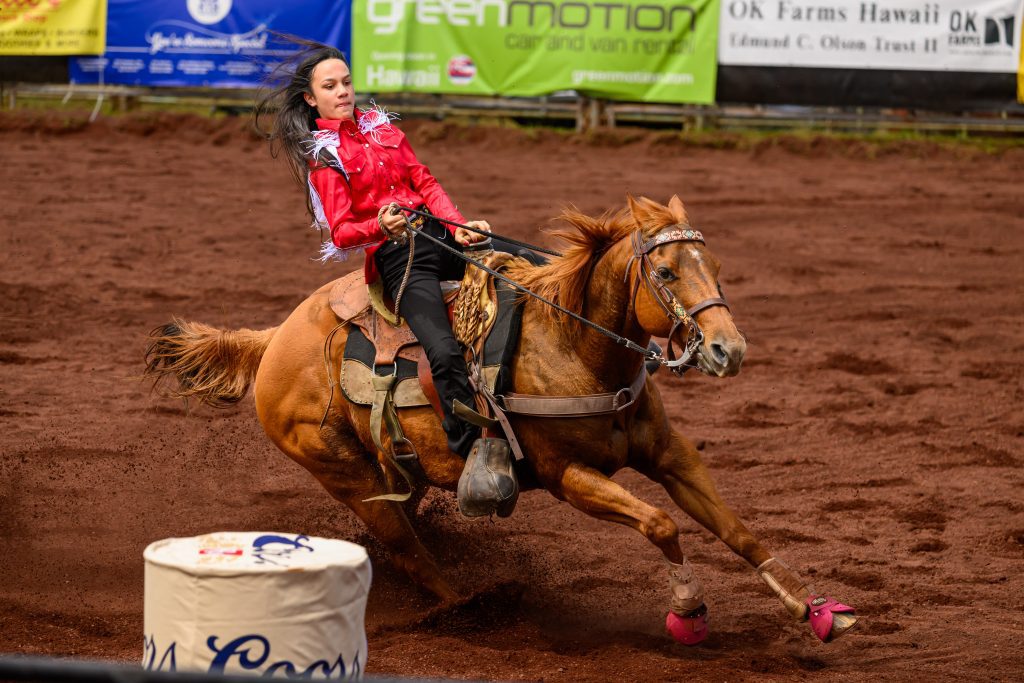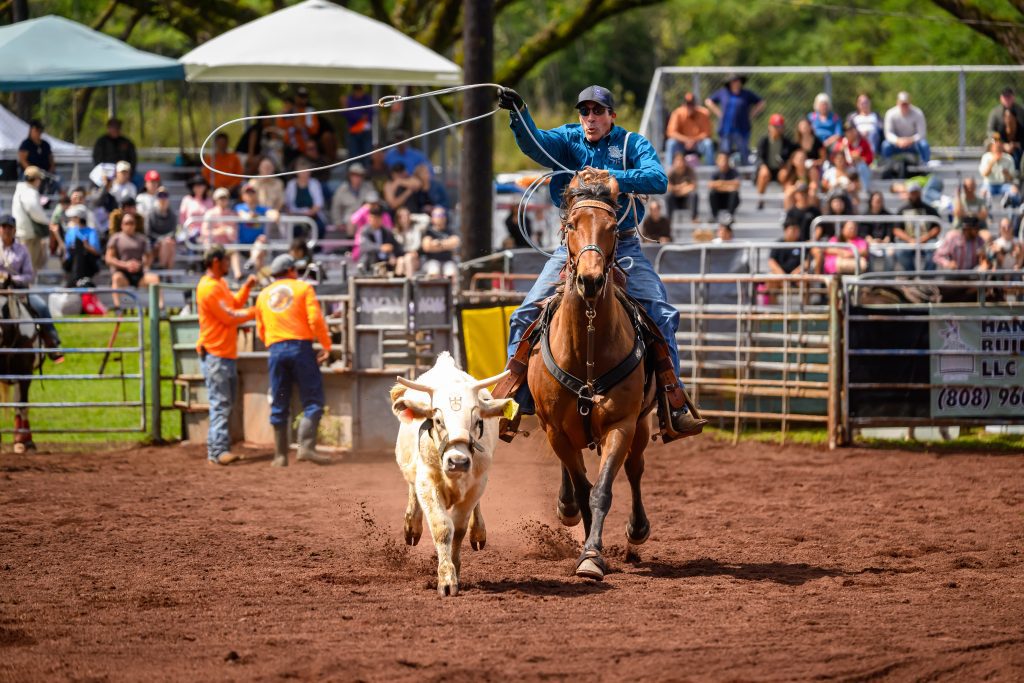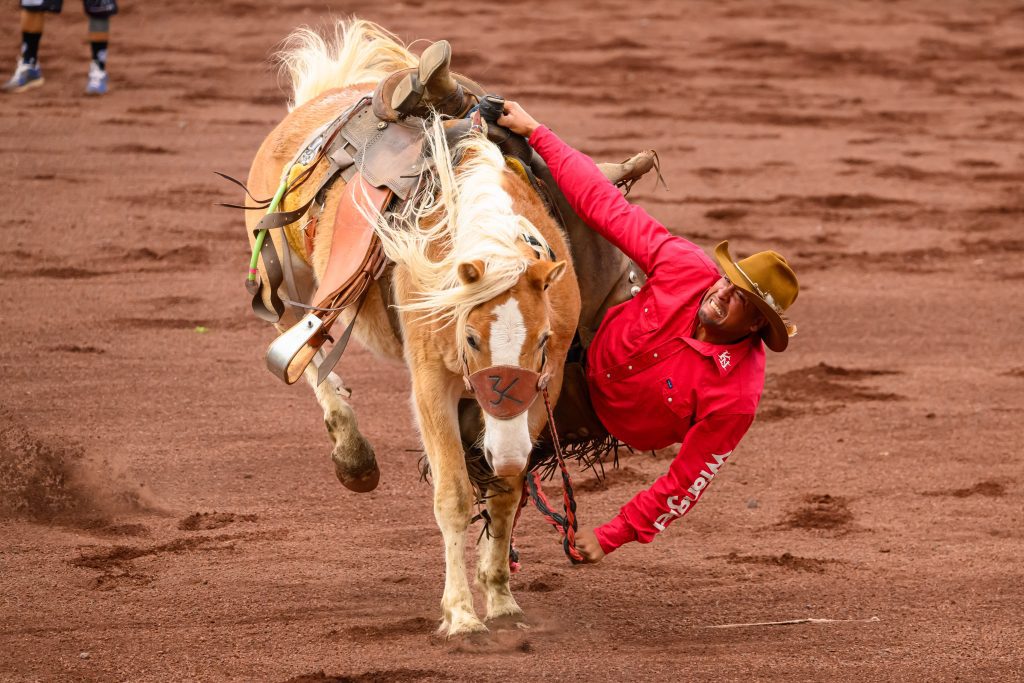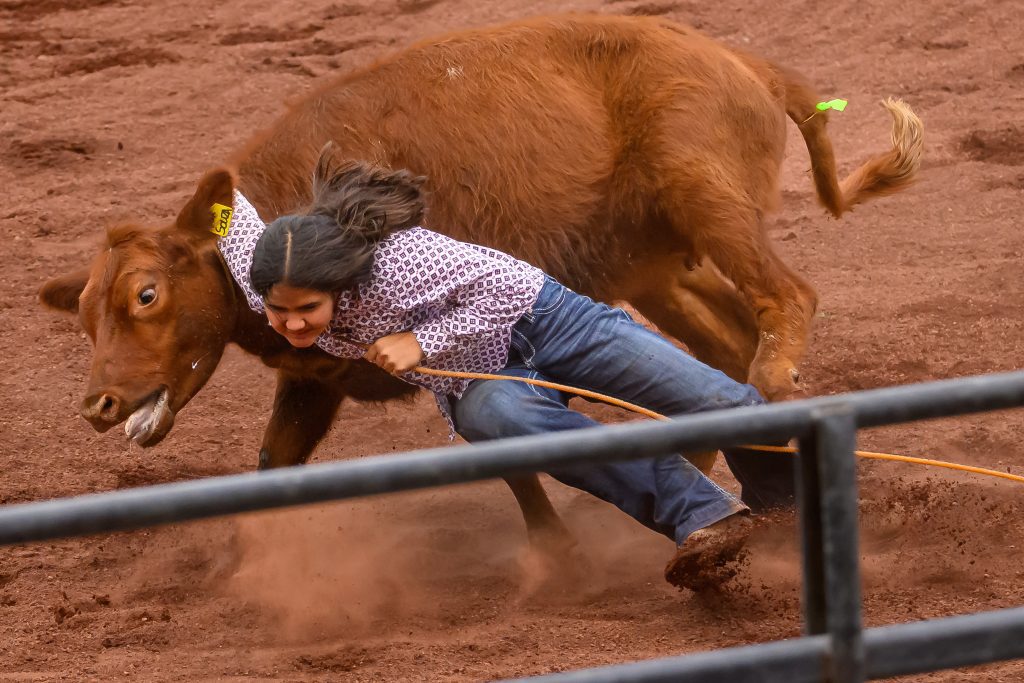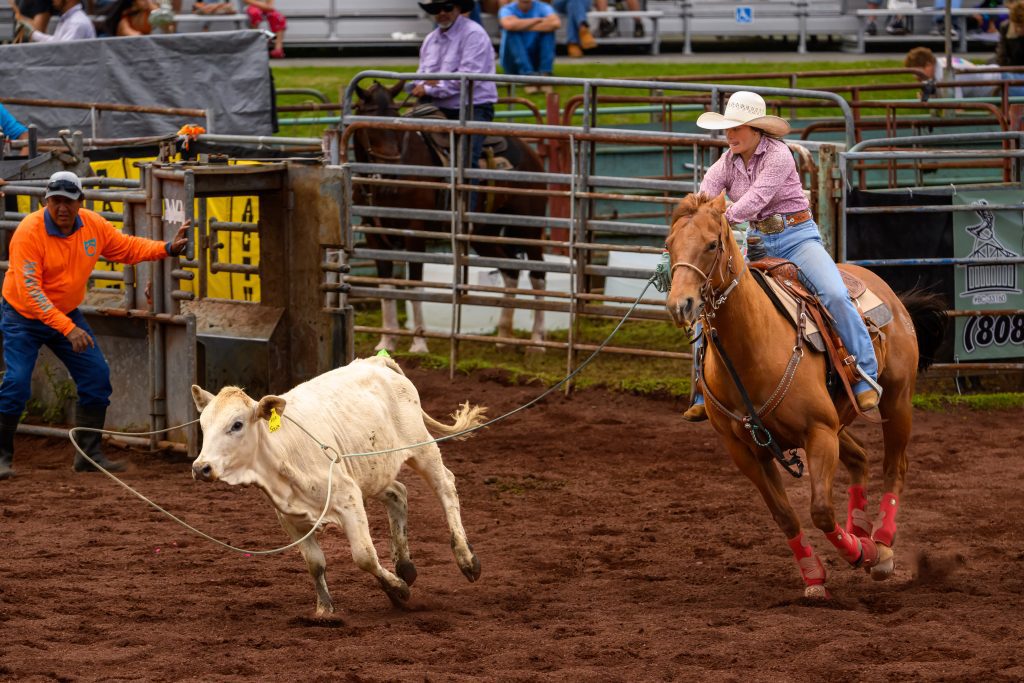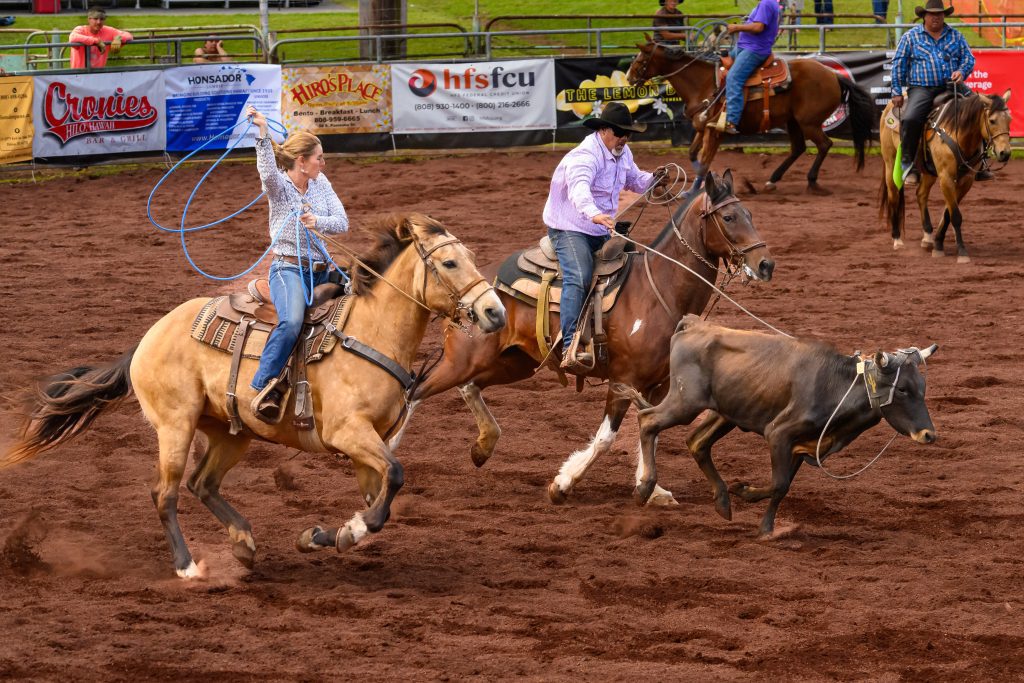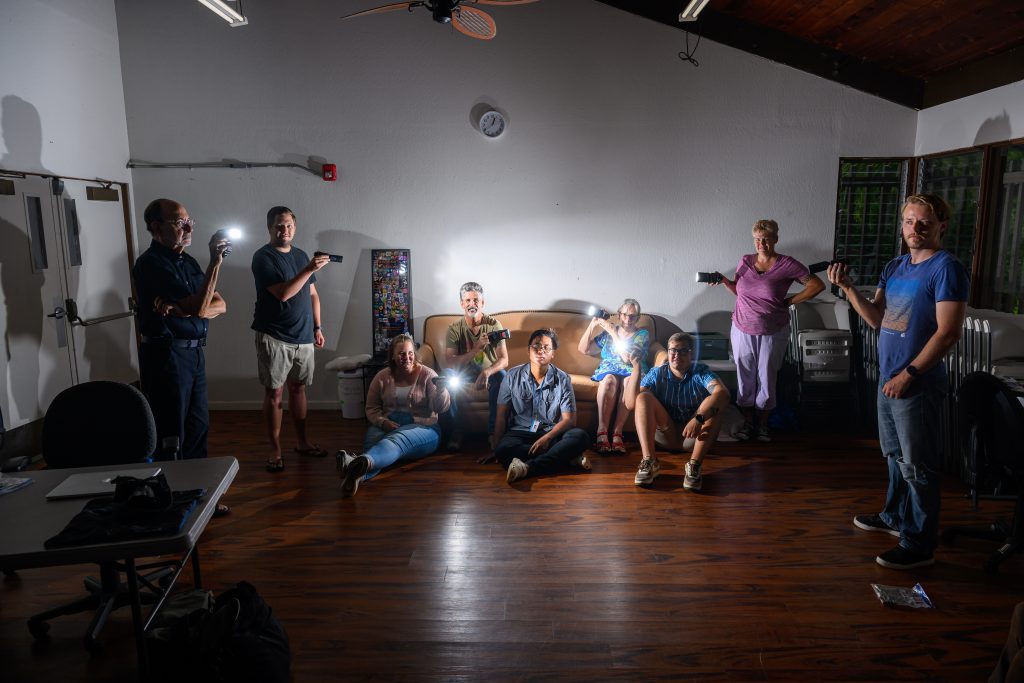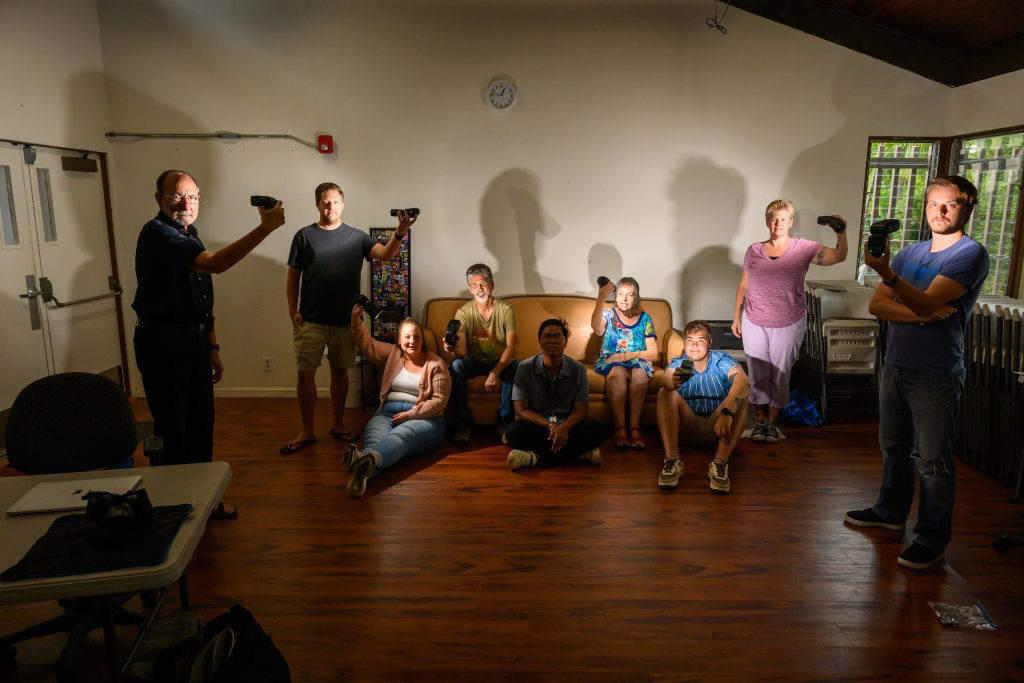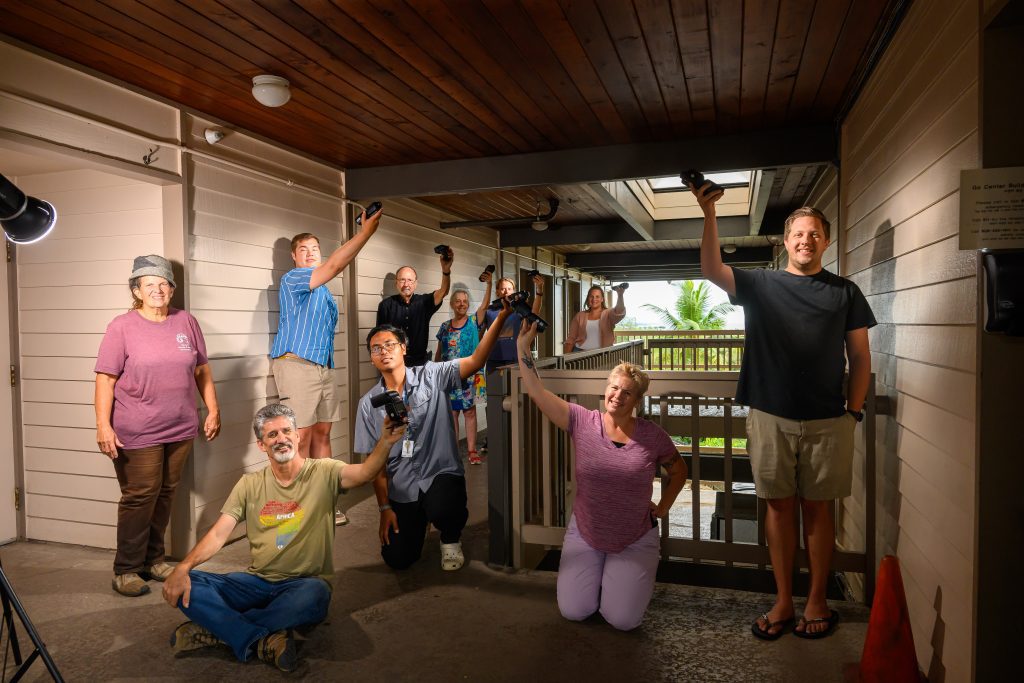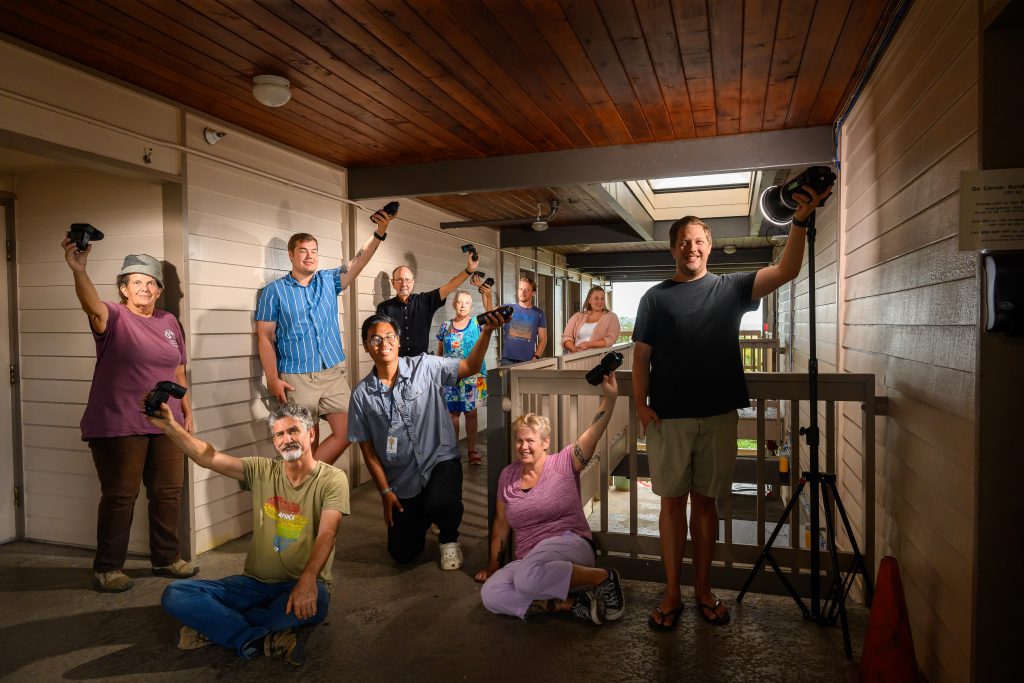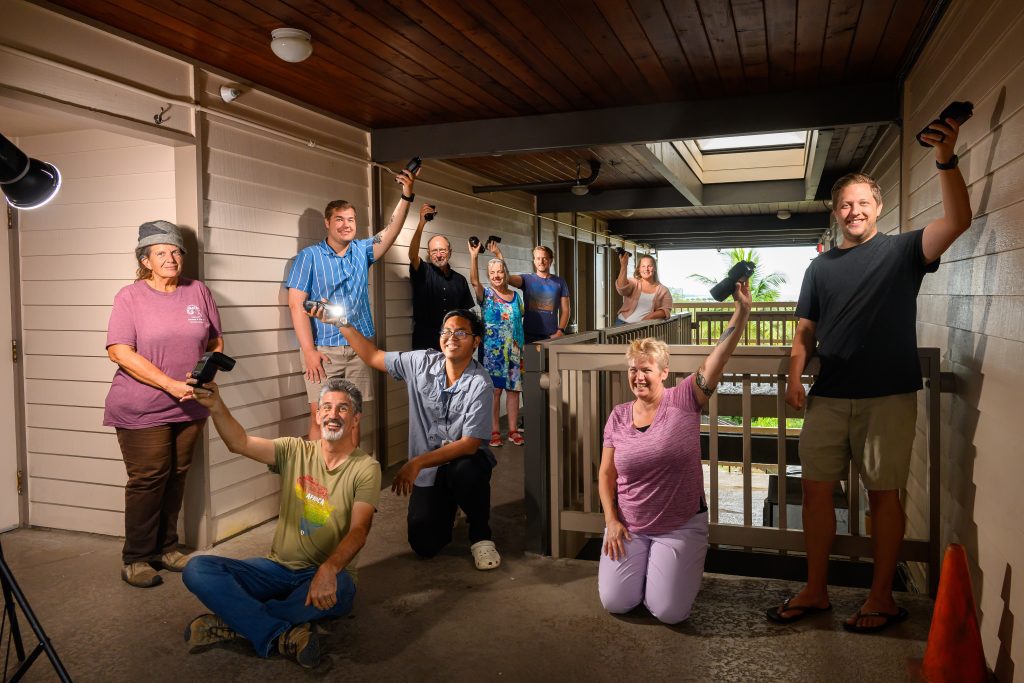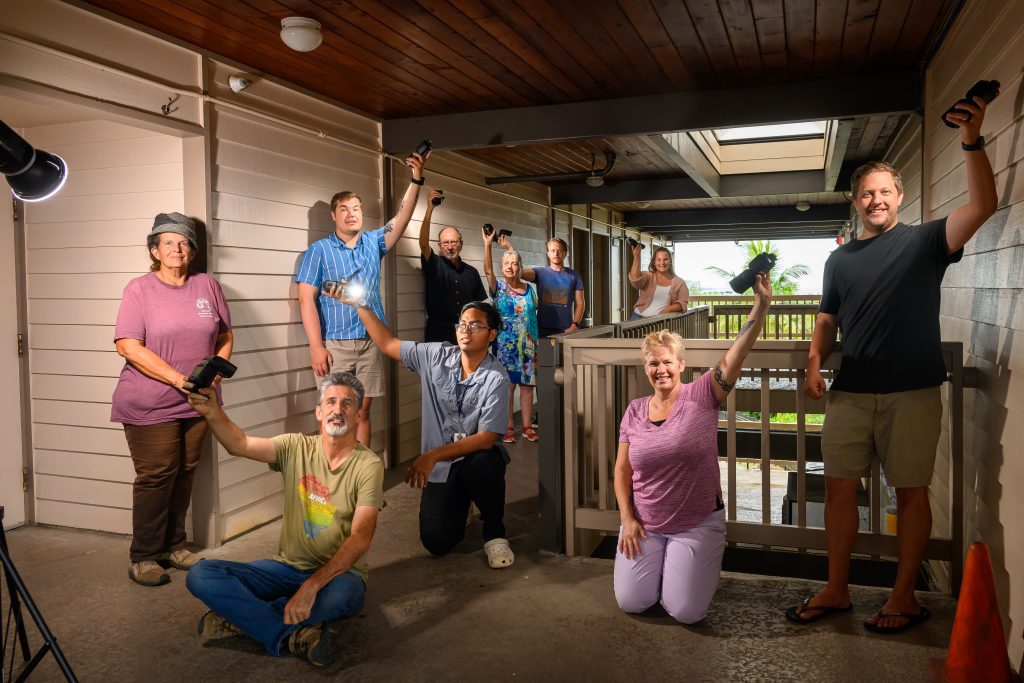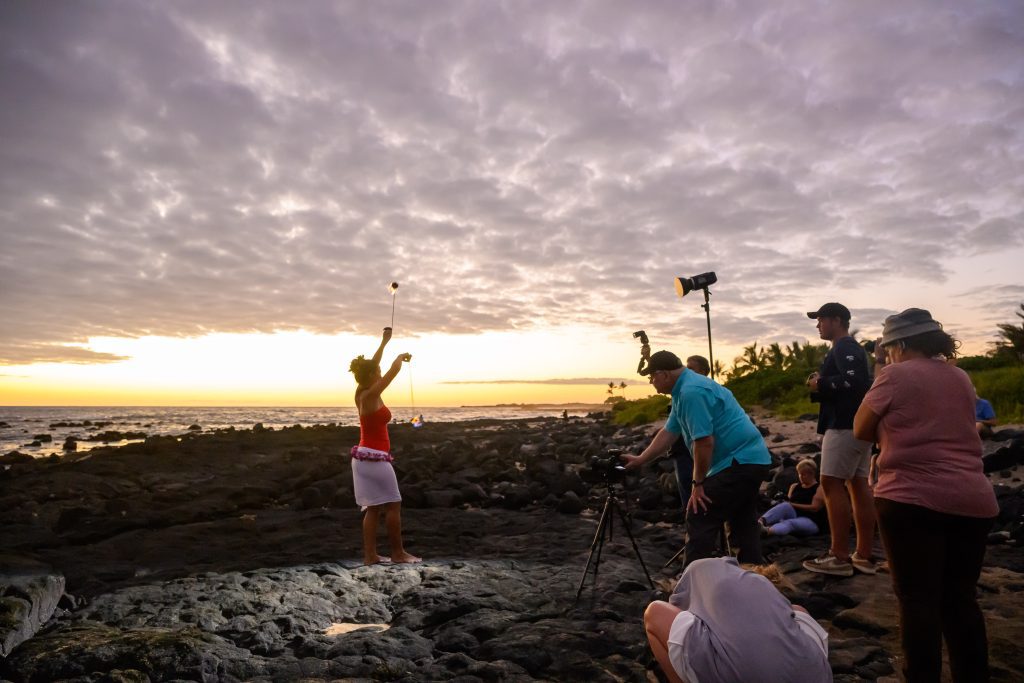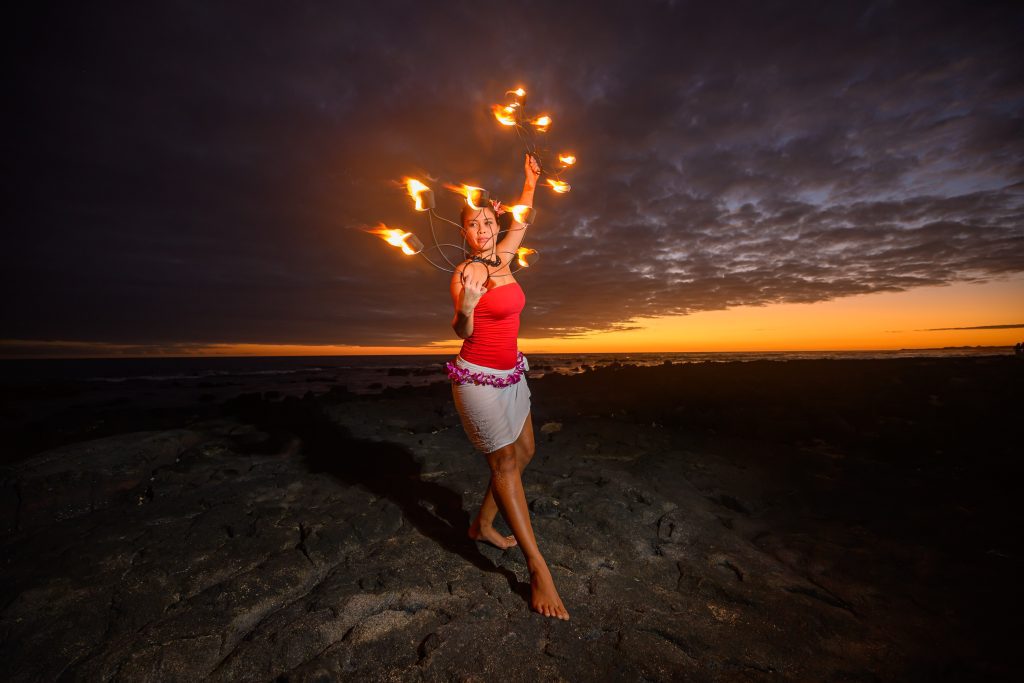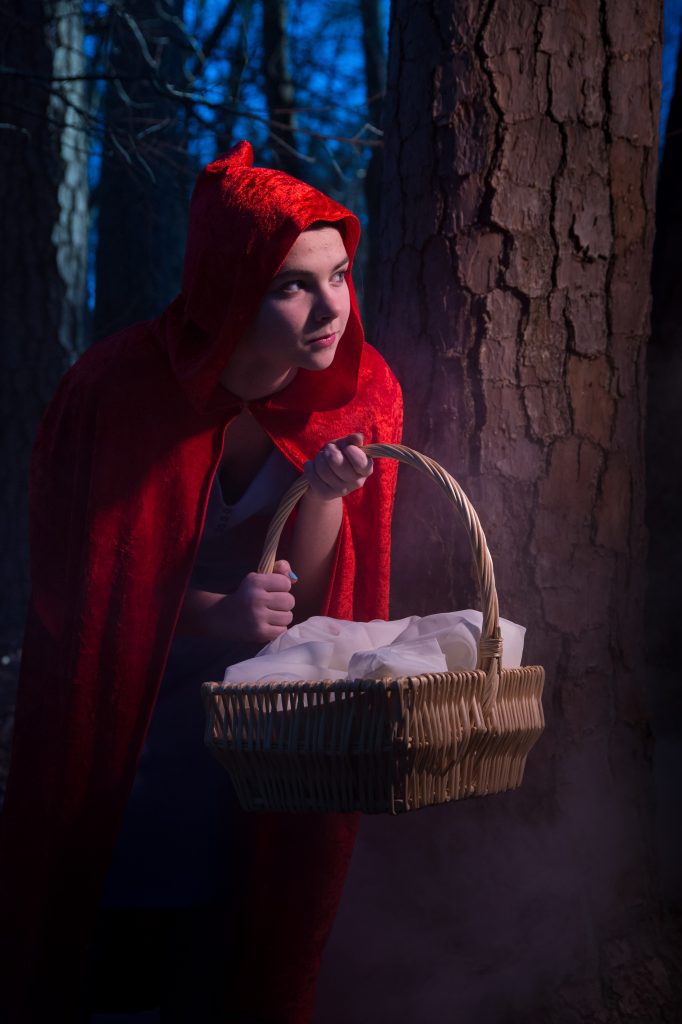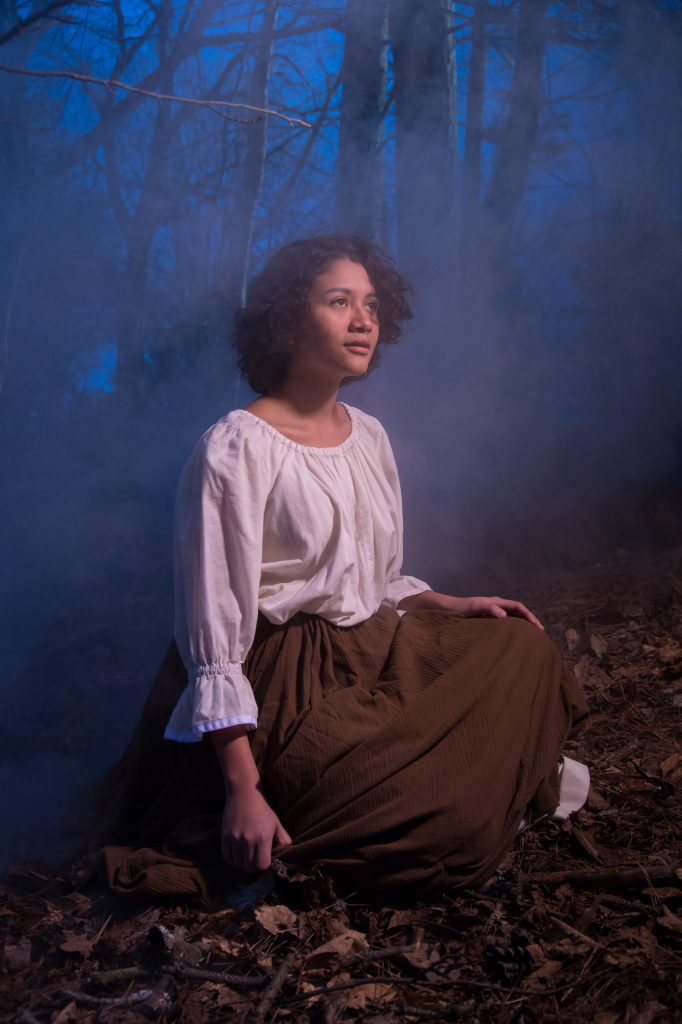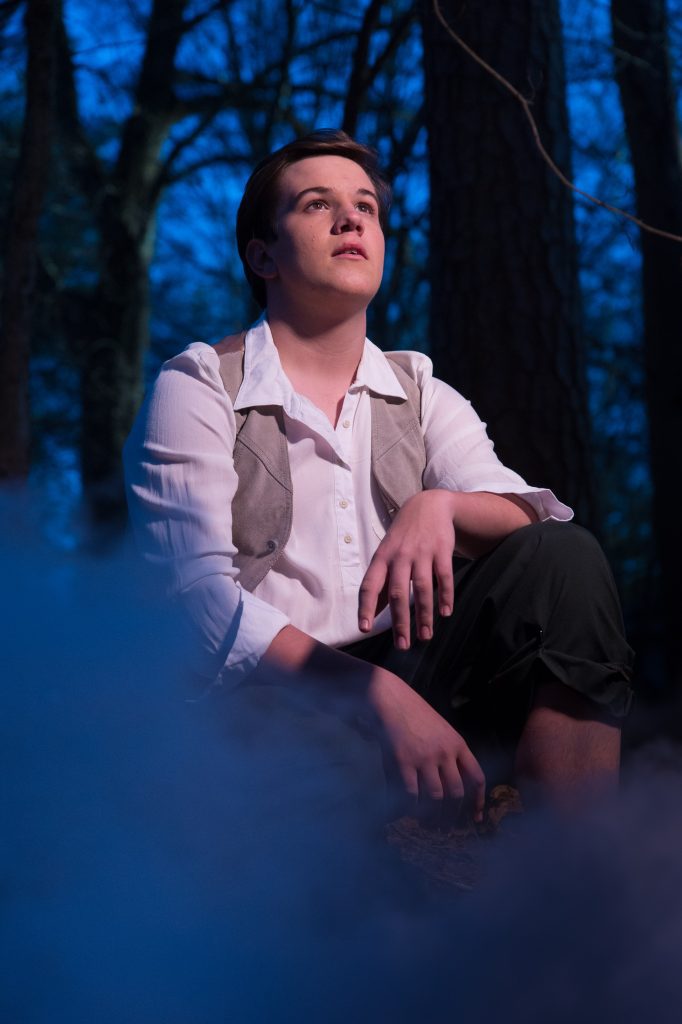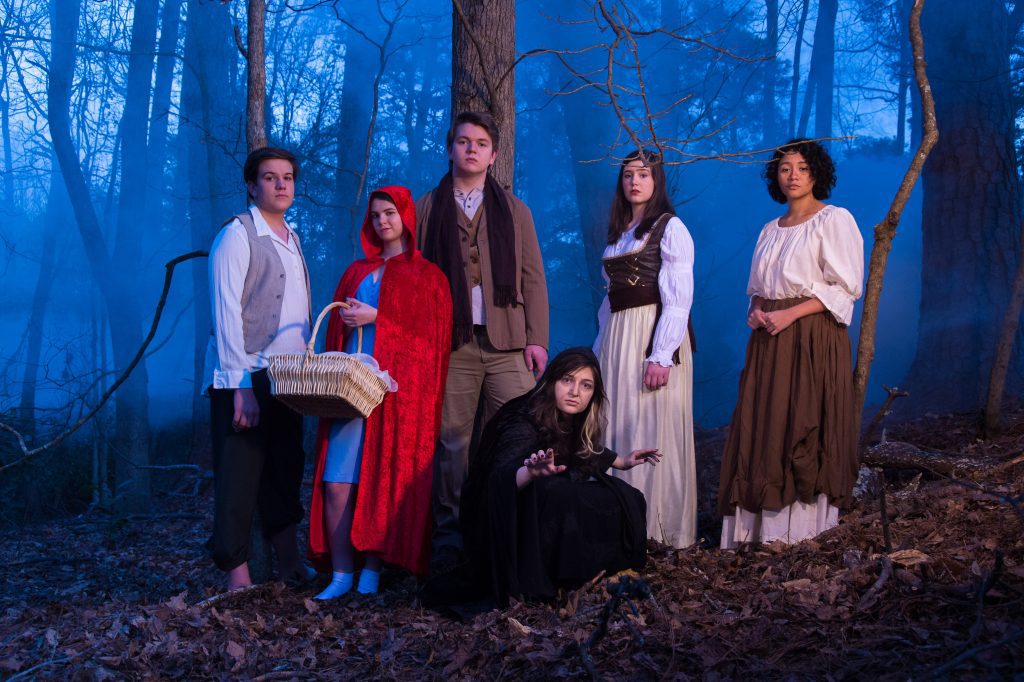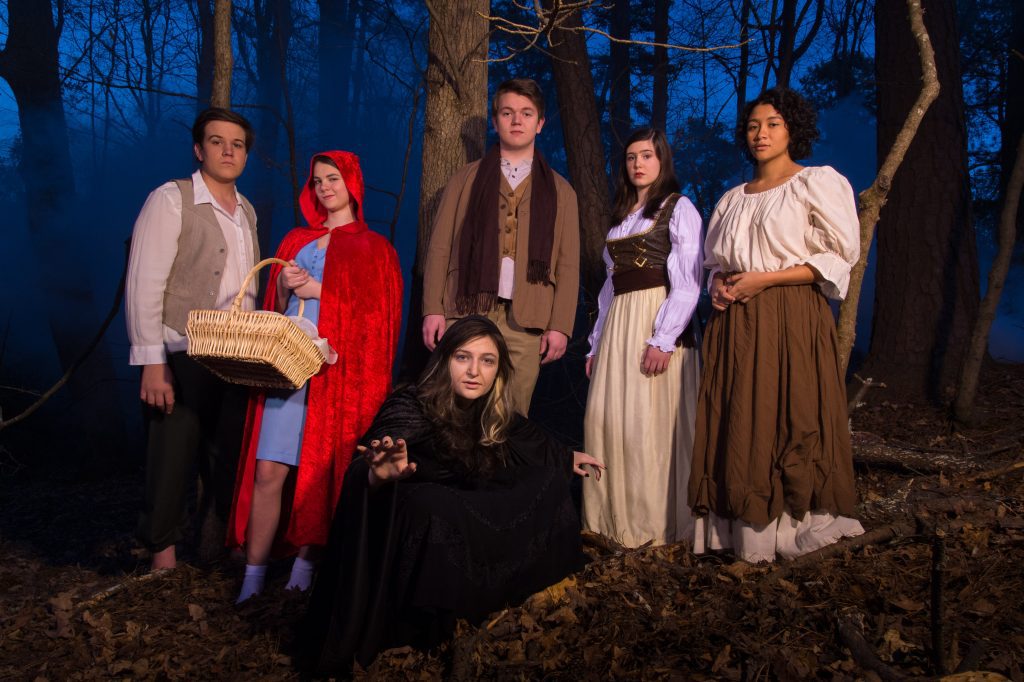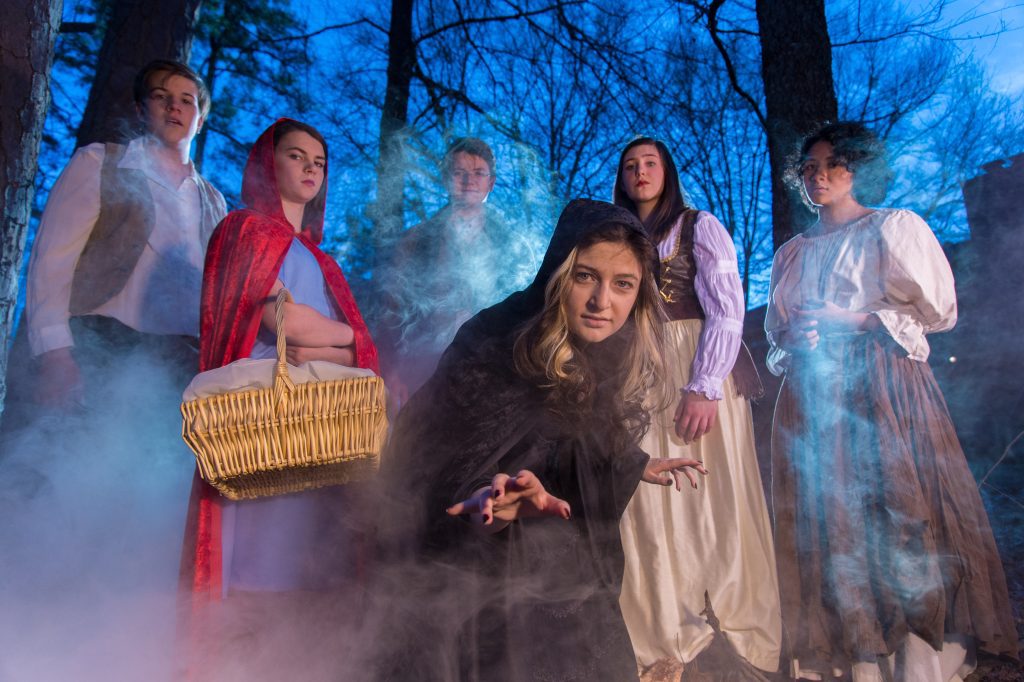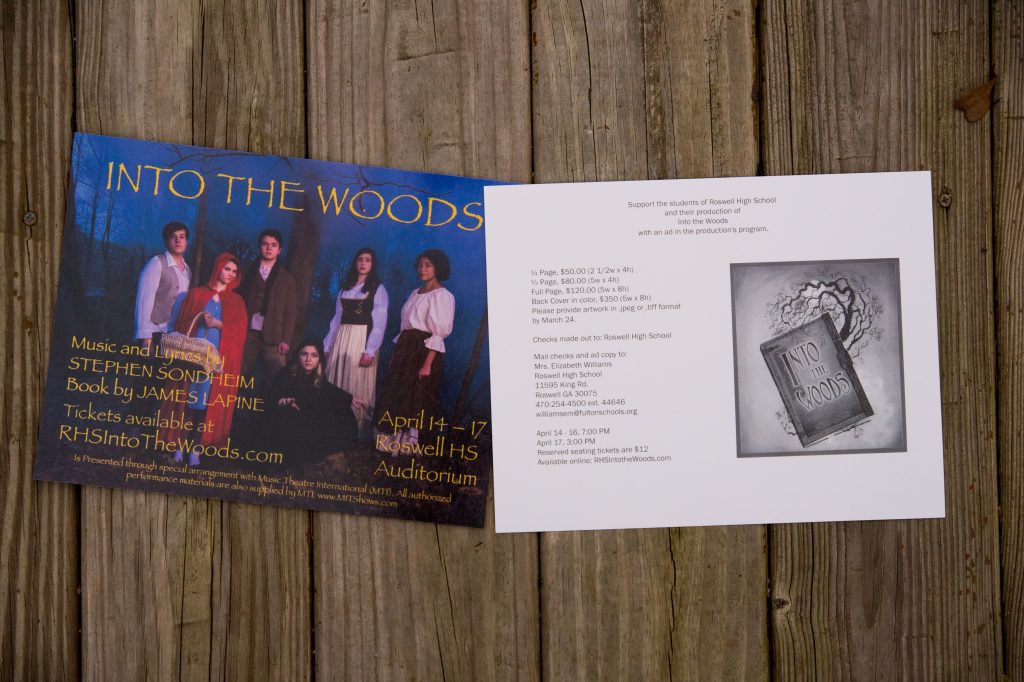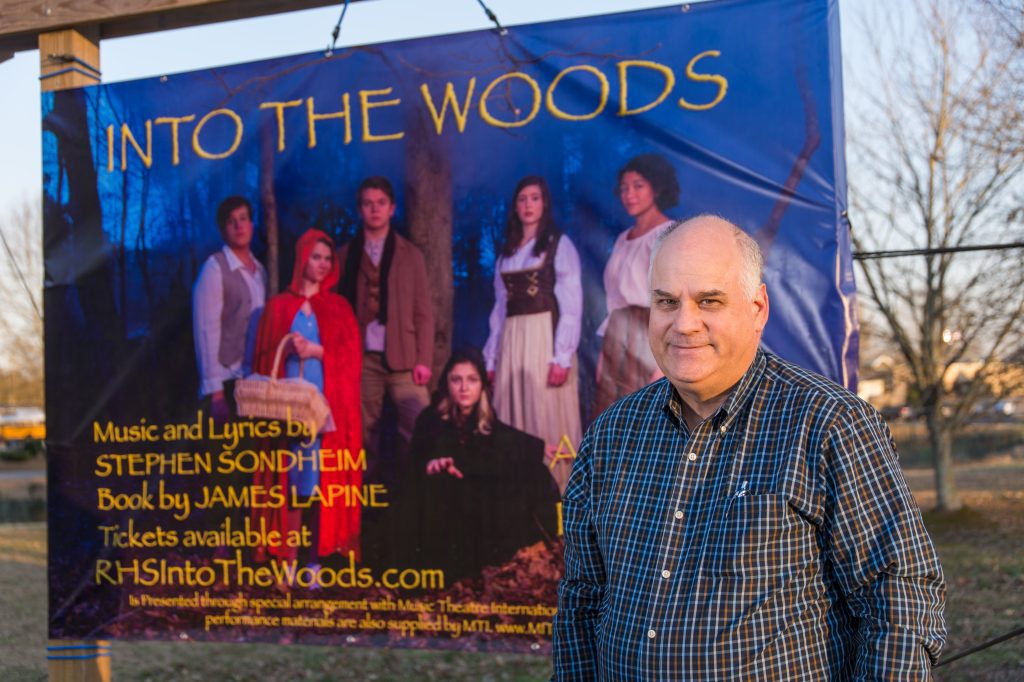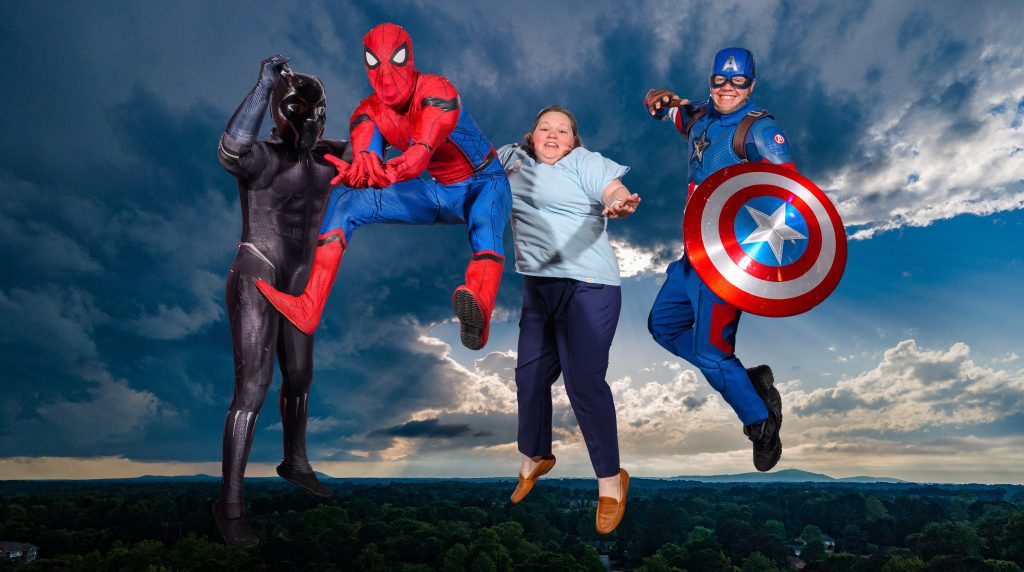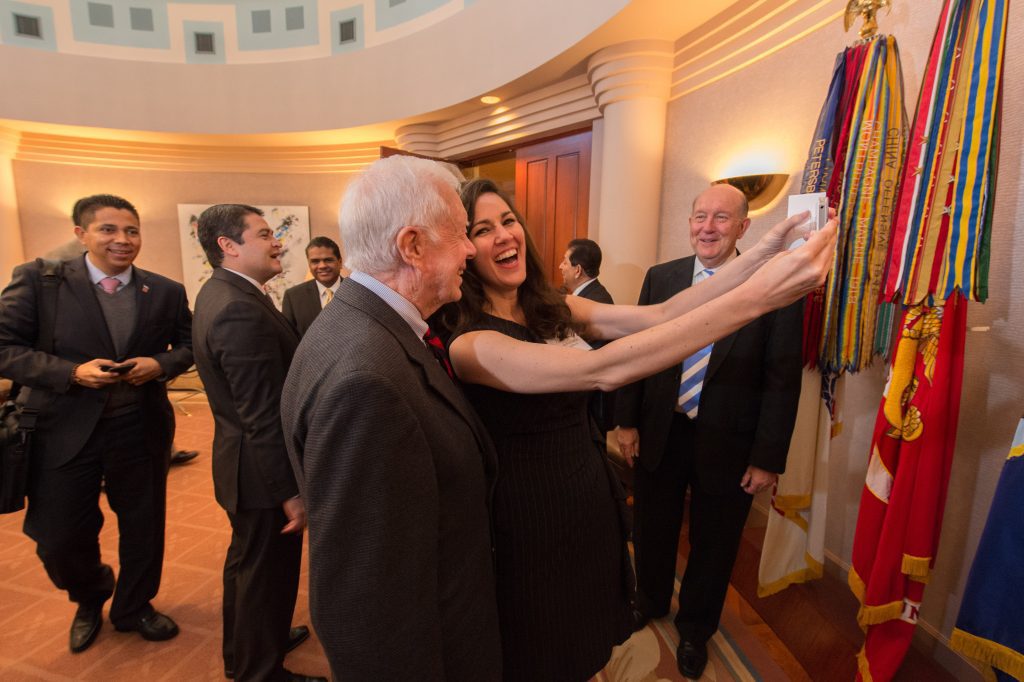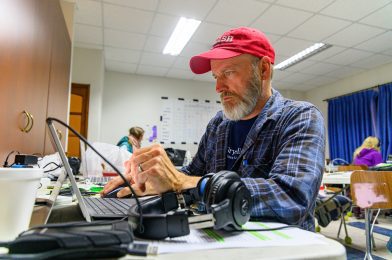When it comes to photography, whether it’s capturing the magic of a wedding, the professionalism of corporate headshots, or the urgency of breaking news, one crucial factor often gets overlooked: turnaround time. How soon can you expect to receive your photos after the event? The answer to this question depends on various factors, and understanding them can help clients and photographers manage expectations effectively.
Understanding Turnaround Time

Wedding Photography
For those eagerly awaiting their wedding photos, patience is vital. The turnaround time for wedding photos can vary significantly depending on the photographer’s workload and post-processing requirements. Typically, couples can expect to receive their photos within two weeks to 3 months after the wedding date. Some photographers may offer expedited processing for an additional fee, providing a quicker turnaround.

Headshot Photography
For headshot sessions, clients can usually anticipate receiving their photos within 1 to 2 weeks after the session. Again, this timeframe may vary based on the photographer’s workload and any specific agreements made with the client. Discussing the expected turnaround time beforehand ensures clarity on both sides.

Commercial Photography
Commercial photography projects span a broad spectrum, from small-scale shoots to large advertising campaigns. As such, the turnaround time can vary greatly. Smaller projects may be completed within a few days, while larger endeavors could take several weeks due to extensive editing and client coordination. Some photographers may offer expedited services for quicker delivery.

Photojournalism
In the fast-paced world of photojournalism, speed is essential. Photojournalists are known for their ability to deliver images quickly, often within tight deadlines. Whether covering breaking news or ongoing events, photojournalists work rapidly to provide timely coverage to their editors or wire services.
The Photographer’s Perspective
As a photographer, my philosophy centers on swift turnaround times. Drawing from my experience in photojournalism, where speed is paramount, I prioritize processing images promptly. Whether it’s a wedding, corporate event, or real estate shoot, I aim to deliver results swiftly without compromising quality. I usually turn around projects in a day or less.
Technology has enabled me to expedite the process in the digital age. I can shoot, edit, and transmit images in minutes with today’s cameras. This agility allows me to accommodate tight deadlines and fulfill client expectations effectively.
When clients book me for a project, I make it a point to inquire about their deadline and preferred delivery method. Most opt for online galleries for easy access and downloading. By understanding their needs upfront, I can ensure a seamless experience and strive to exceed their expectations by delivering ahead of schedule whenever possible.
Setting Yourself Apart as a Photographer
For photographers, offering prompt turnaround times can be a significant competitive advantage. In a crowded market, where clients value efficiency and reliability, the ability to deliver high-quality images quickly can set you apart from the competition. By emphasizing your commitment to timely delivery and exceeding client expectations, you enhance customer satisfaction and build a reputation for professionalism and reliability.
Conclusion
In photography, turnaround time is crucial in shaping the client experience. By understanding the factors influencing delivery timelines and adopting strategies to expedite the process, photographers can enhance their value proposition and distinguish themselves in a competitive landscape. For clients, clear communication and alignment on expectations ensure a positive and rewarding collaboration with their chosen photographer.

